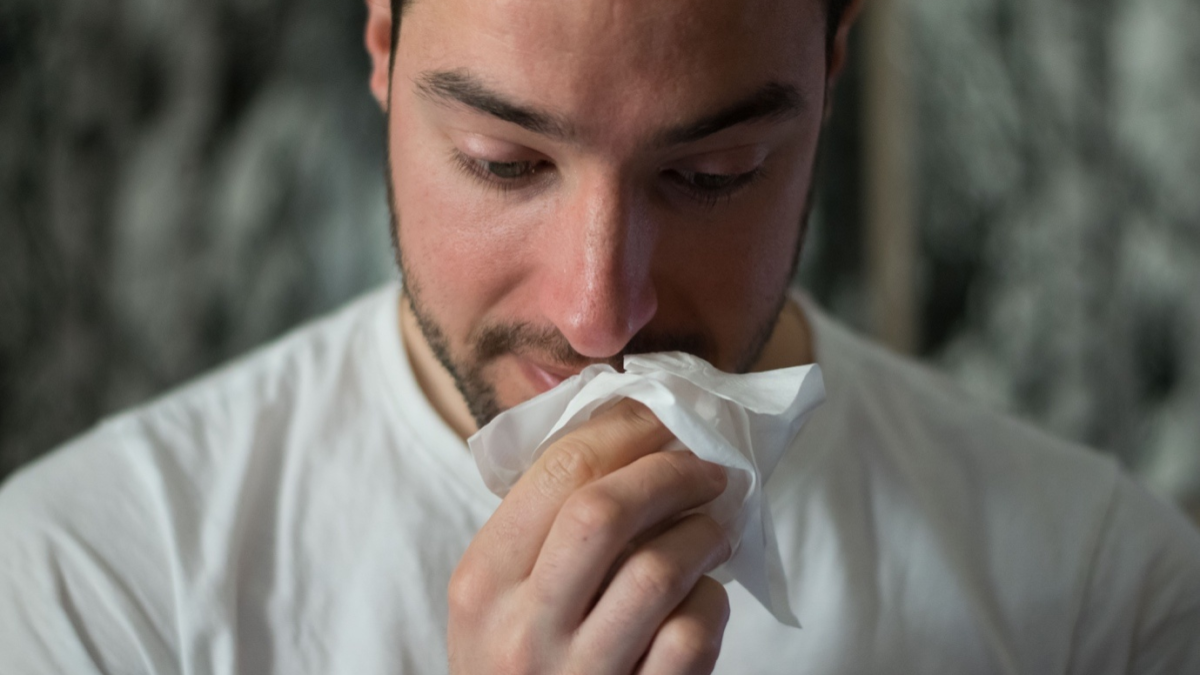Anaphylaxis is a strong reaction to getting exposed to an allergen. Anaphylaxis can be life-threatening and require immediate medical attention. The reaction occurs when a person gets in contact with or consumes any food, medicine, or any other toxin they are allergic to. Some common food allergies that can result in anaphylaxis are nuts and peanuts. Bee stings are also a common factor for anaphylaxis.
Some of the symptoms of anaphylaxis can be fatal if not treated immediately, for example, anaphylactic shock.
Your healthcare provider will likely recommend carrying a medicine named epinephrine with you at all times if you’ve been diagnosed with anaphylaxis. Epinephrine can help control or manage the reaction if you accidentally come into contact with an allergen.
Symptoms of Anaphylaxis
Several symptoms of anaphylaxis often show up immediately when a person comes in contact with their allergen. The symptoms include:
- Rashes
- Abdominal pain
- Confusion
- Anxiety
- Severe cough
- Facial swelling
- Slurred speech
- Difficulty breathing
- Itchy skin
- Wheezing
- Dropping pulse
- Nausea
- Shock (anaphylactic shock)
Causes of Anaphylaxis
A normal person constantly is exposed to numerous substances that their body isn’t used to. The human body produces antibodies to fight off foreign substances it considers dangerous. Normally, a person’s body doesn’t react to the fact that antibodies are being released. In anaphylaxis, however, a person’s immune system causes an allergic reaction due to overreacting to the release of antibodies.

Usually, anaphylaxis is caused by certain medicines, eating foods like peanuts and fish, or consuming milk, insect, particularly bee stings, etc. The use of latex or exercise can sometimes also result in anaphylaxis.
Diagnosis of Anaphylaxis
If you’re experiencing any of the above-mentioned symptoms, immediately see a doctor. Your doctor will most likely diagnose anaphylaxis in case:
- You’re dizzy
- You are confused and can’t focus properly
- You’re having trouble talking
- Your skin is turning blue or purple
- Your heart rate is abnormally fast
- Your blood pressure is significantly low
- Your face is swollen
- You’re wheezing
All these conditions, especially if triggered suddenly after eating something or getting in contact with something, will result in you getting diagnosed with anaphylaxis.
Your doctor will examine your heart rate and listen to any crackling sound in your breath if present. A crackling sound can be an indication of fluid present in your lungs. Your doctor will also view your medical history and ask a few questions regarding your previous allergies, if any. It’s important to ensure you answer your doctor’s questions accurately to allow them to choose the right course of medication and treatment for anaphylaxis.
Treatment of Anaphylaxis
If you are experiencing the symptoms of anaphylaxis, or someone near you does, your immediate action must include calling 911 for help. If you have already had anaphylaxis episodes in the past, you must be carrying epinephrine medication. Immediately administer epinephrine to yourself or any other person having an anaphylaxis episode to manage the onset of symptoms until medical help arrives.

If you’re helping someone else have an anaphylaxis episode, calm them down by ensuring help is arriving. Ask them to lie down on their back and lift their feet a little. If possible, cover them with a sheet or blanket.
If you spot that the particular person has been stung by a bee or any other insect, apply pressure on the skin slightly below the part where they have been stung. Avoid using tweezers since tweezers squeeze the insect sting and can result in more venom or allergen being released into the person’s body. Use a credit card or a plastic card to apply pressure. Slide up the card from the starting point towards the stung area until the stinger is released from that person’s skin.
If the person has epinephrine, administer it to them. Avoid any oral medication if you notice any swelling in the mouth or face of the person or if they are experiencing difficulty breathing. In severe cases, a person might stop breathing, or the heart might stop beating after an anaphylaxis episode. You’ll need to perform CPR until breathing or heartbeat resumes.
In the emergency room, you or any person experiencing an anaphylaxis episode will be given adrenaline, another name for epinephrine. If you’ve already taken epinephrine or if someone else has administered it to you, do inform the doctor or the healthcare person treating you. Apart from this, you’ll probably be given cortisone, oxygen, a beta-agonist inhaler, and an antihistamine.
Prescription Assistance Program
If you’ve been diagnosed with anaphylaxis, the treatment and medicine costs can be unaffordable for some. In that case, consider enrolling in a prescription assistance program offered by Advocate My Meds if you fit their eligibility criteria. The company offers prescription assistance for multiple companies, including Merck prescription assistance, Lilly cares prescription assistance, Novo Nordisk prescription assistance, Sanofi prescription assistance, and more. Contact them now for further details.
Disclaimer: This article is only intended for educational purposes and shouldn’t be used as a substitute for medical advice.


